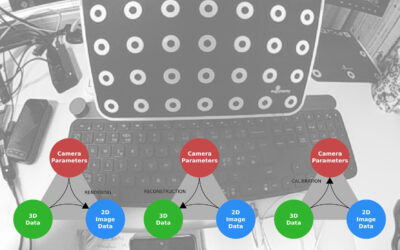
Unveiling the Magic Behind Augumenta’s AR accuracy: Camera Calibration in Smartglasses
Introducing camera calibration and its importance in high-accuracy augmented reality
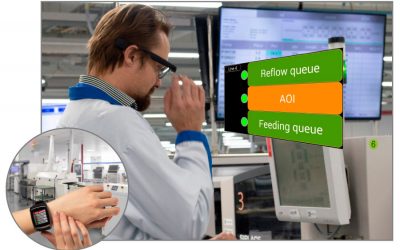
In industrial use cases wearables come with a promise of productivity improvement and increasing worker capabilities. How can smartwatches and smartglasses be of assistance to you?
Let’s talk about wearables. Wearables are an efficient method of bringing real-time information right within the reach of a worker. The Augumenta SmartAlert wearables app is designed to keep people up-to-date while working on the shop floor or on the field. The app supports smartwatches and all smart AR glasses that are commercially available on the market.
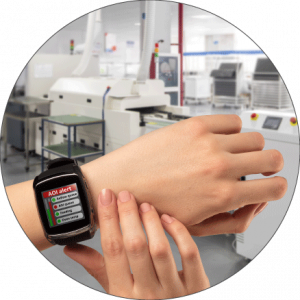
“The impact of technology on work has always been double-sided. Some technologies have eliminated jobs and displaced workers; others have made workers more productive. Making workers more productive and more capable is the promise of wearable technologies.”
The term wearables can be defined as any tech that you wear on you and that allows you to receive and send data. Since this article focuses on our apps we limit this rather wide concept to two types of interactive devices, glasses and watches. In some use cases, a lighter version of the app and a simpler device offer an optional low-barrier route forward. In others, deploying more than one wearable supports the usage of more holistic solutions. So, if the target is to provide people on the shop-floor or the field with accurate, timely data that they truly need, which device type should one choose to use?
Smart AR glasses are by far the best tools for bringing complex and critical data to workers. Glasses display the information directly into the field of view of a user. They allow the worker to focus on the tasks at hand without having to pick up a manual, phone or tablet to check things. They offer variable methods for interaction with the devices and the virtual content. In addition to the buttons and touchpad, you can control them with voice, gestures or for example your head motions.
With binocular AR goggles, the data is presented to both eyes. You can provide the user with complicated data in a very visual form, such as 3D graphics overlaid to real-world equipment. With binoculars there’s no limit in what you can think of using them for, a complicated procedure and equipment visualized in AR for a worker is hugely more effective in training than a paper manual. A virtual control board for a machine is far more flexible and secure than a traditional one. The size and weight of the devices is something that you probably need to consider, depending on the environment and users of the solution. If there’s a need for visually versatile, complex data, with a high demand for interactivity, consider binoculars.
SmartAlert app was originally developed with monoculars in mind, you know, the type of smartglasses that is equipped with one display in the user’s field of view. The one-eye focus limits the sensing of depth so data is practically presented in two plains. That rules out elaborate 3D models.
On the other hand, monoculars are lighter, less obtrusive and they can often be integrated into your regular safety gear – should you be obliged to wear a hard hat for example. With monoculars you can present live data, like process status, machine performance in numbers and graphs, draw data from your systems to alert you of any odd values. You can add instructions and checklists with text, pics, and videos, not to mention simple virtual controls to interact with your system. If you need a good amount of data in real-time, interactive and easy to take along and something you can wear for longer periods of time, think of monoculars.
If there are glasses, why to choose a watch? A smartwatch, even in the top range of devices, cannot show as much data as glasses. Nor does it have as much interaction options. But, watches have been around for years. Wearing a watch is a very common-place and easy to adopt thing for any worker, even for those who might find smartglasses unfamiliar and the concept of wearables altogether new and slightly daunting. A watch takes very little space and can be well out of your way hidden inside your sleeve. Attached to a wrist, it can be nearly as efficient as glasses in keeping you alerted. Instead of flashing a warning in front of your eyes, it can rely on vibrating and sound. The display can show key data and notification and you can opt to control it with buttons, touch or voice to interact with the system. If an alert or a notification to induce the right actions at the right time and simple responses solve your case plus you need as light a device as possible, opt for a watch.
The approach in several maintenance and manufacturing use cases and pilots has been to deploy more than one type of device. A watch can be used as an alert or control device, and glasses provide more data and actions when needed.
Adding easy access to real-time data into management of complicated processes on a factory shop floor or field has considerable positive effects on operational efficiency and safety. A project though should never start with the technology. When you’re planning yours, remember to start with the problem and first and foremost, the people who are working with that problem and will use the solution.
Because we are here first and foremost to help companies improve their productivity. Data is the keyword and we want to offer the best tools to make that data usable. We’d be happy to tell you more about how to improve your productivity with wearables.
Article updated March 2020.

Introducing camera calibration and its importance in high-accuracy augmented reality
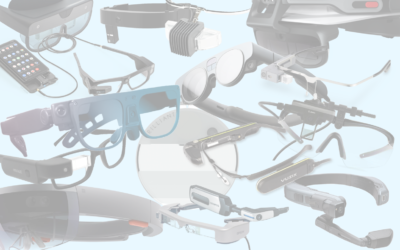
The eye box is the secret behind good AR UX. Discover what it is and how to take full advantage of this hidden smartglasses spec
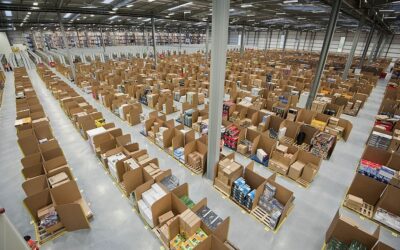
How hundreds of millions can be saved every year by large logistics operations thanks to smartglasses and SmartMarkers.
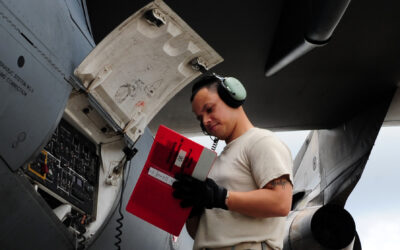
How millions can be saved every year by introducing SmartPanel and smartglasses to reduce airframe weight, shorten idle time and shrink ground crews.
